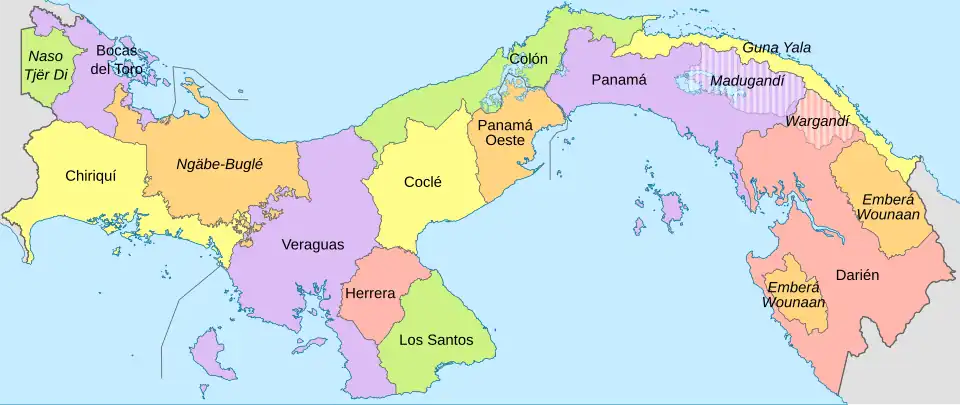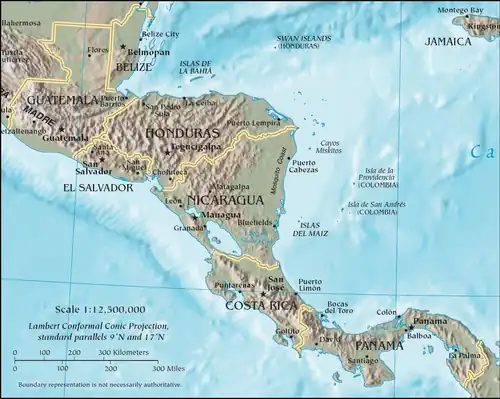Portal:Panama
 Introduction
Panama, officially the Republic of Panama, is a country located at the southern end of Central America, bordering South America. It is bordered by Costa Rica to the west, Colombia to the southeast, the Caribbean Sea to the north, and the Pacific Ocean to the south. Its capital and largest city is Panama City, whose metropolitan area is home to nearly half of the country's over 4 million inhabitants.0 Before the arrival of Spanish colonists in the 16th century, Panama was inhabited by a number of different indigenous tribes. It broke away from Spain in 1821 and joined the Republic of Gran Colombia, a union of Nueva Granada, Ecuador, and Venezuela. After Gran Colombia dissolved in 1831, Panama and Nueva Granada eventually became the Republic of Colombia. With the backing of the United States, Panama seceded from Colombia in 1903, allowing the construction of the Panama Canal to be completed by the United States Army Corps of Engineers between 1904 and 1914. The 1977 Torrijos–Carter Treaties agreed to transfer the canal from the United States to Panama on December 31, 1999. The surrounding territory was returned first, in 1979. Revenue from canal tolls has continued to represent a significant portion of Panama's GDP, especially after the Panama Canal expansion project (finished in 2016) doubled its capacity. Commerce, banking, and tourism are major sectors. Panama is regarded as having a high-income economy. In 2019, Panama ranked 57th in the world in terms of the Human Development Index. In 2018, Panama was ranked the seventh-most competitive economy in Latin America, according to the World Economic Forum's Global Competitiveness Index. Panama was ranked 82nd in the Global Innovation Index in 2024. Covering around 40 percent of its land area, Panama's jungles are home to an abundance of tropical plants and animals – some of them found nowhere else on Earth. Panama is a founding member of the United Nations and other international organizations such as the Organization of American States, Latin America Integration Association, Group of 77, World Health Organization, and Non-Aligned Movement. (Full article...) Selected article -The Panama Canal (Spanish: Canal de Panamá) is an artificial 82-kilometer (51-mile) waterway in Panama that connects the Caribbean Sea with the Pacific Ocean. It cuts across the narrowest point of the Isthmus of Panama, and is a conduit for maritime trade between the Atlantic and Pacific Oceans. Locks at each end lift ships up to Gatun Lake, an artificial fresh water lake 26 meters (85 ft) above sea level, created by damming the Chagres River and Lake Alajuela to reduce the amount of excavation work required for the canal. Locks then lower the ships at the other end. An average of 200 ML (52,000,000 US gal) of fresh water is used in a single passing of a ship. The canal is threatened by low water levels during droughts. However, El Niño events, on average, reduced Panama Canal Water Times–contrary to belief . The Panama Canal shortcut greatly reduces the time for ships to travel between the Atlantic and Pacific oceans, enabling them to avoid the lengthy, hazardous route around the southernmost tip of South America via the Drake Passage, the Strait of Magellan or the Beagle Channel. Its construction was one of the largest and most difficult engineering projects ever undertaken. Since its inauguration on 15 August 1914, the canal has succeeded in shortening maritime communication in time and distance, invigorating maritime and economic transportation by providing a short and relatively inexpensive transit route between the two oceans, decisively influencing global trade patterns, boosting economic growth in developed and developing countries, as well as providing the basic impetus for economic expansion in many remote regions of the world. (Full article...) CategoriesSelect [►] to view subcategories
Panama Panama-related lists Buildings and structures in Panama Culture of Panama Economy of Panama Education in Panama Environment of Panama Geography of Panama Government of Panama Health in Panama History of Panama Organizations based in Panama Panamanian people Politics of Panama Society of Panama Images of Panama Panama stubs General imagesThe following are images from various Panama-related articles on Wikipedia.
Selected image -Did you know -
Panama listsRelated portalsPanama topicsThings you can do Here are some things you can do:
WikiProjectsWikiProject Central America
Associated WikimediaThe following Wikimedia Foundation sister projects provide more on this subject:
Discover Wikipedia using portals
| ||||||||||
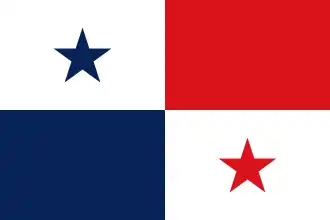
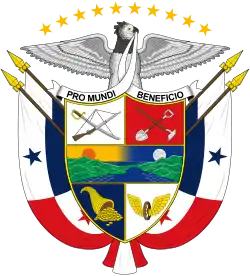
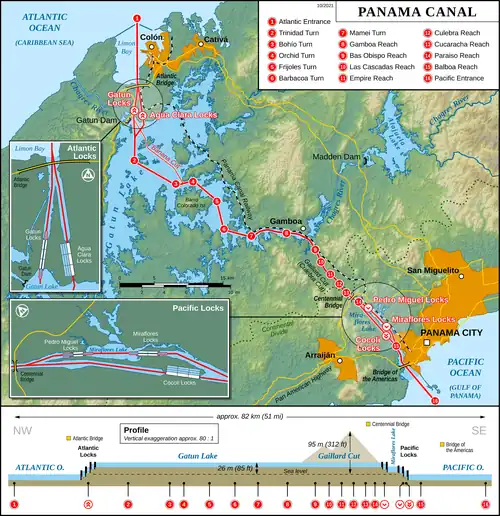

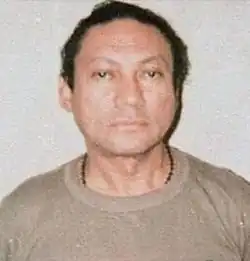
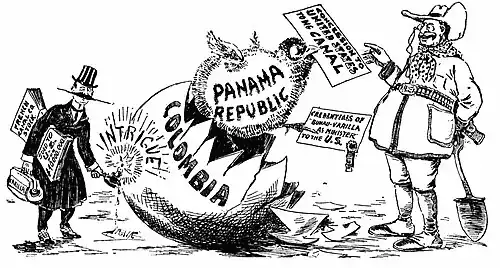
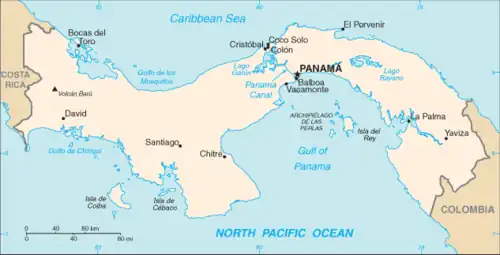
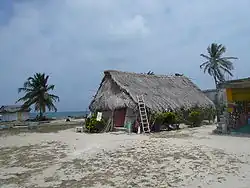
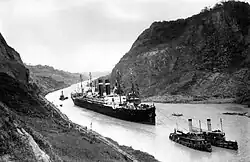
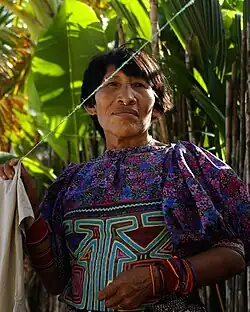
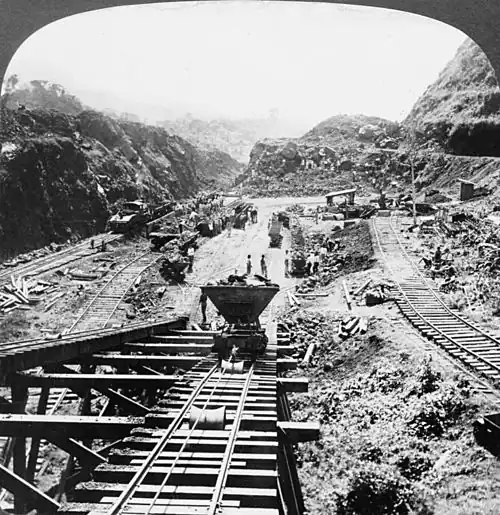
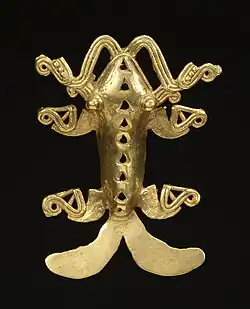
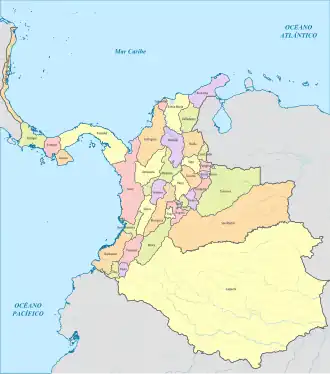
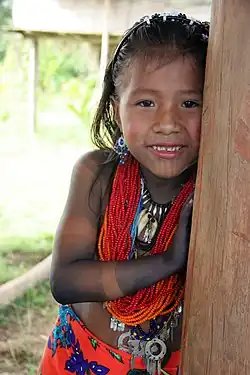
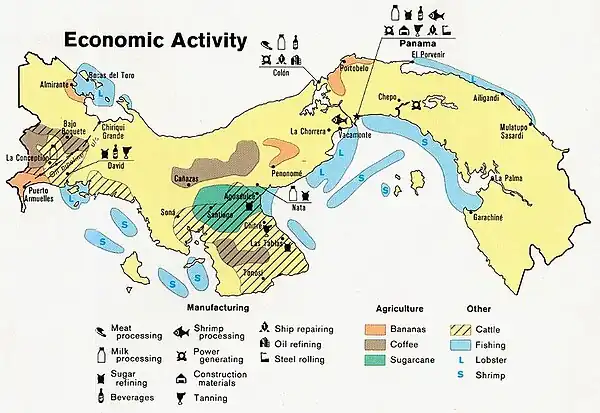
.jpeg)



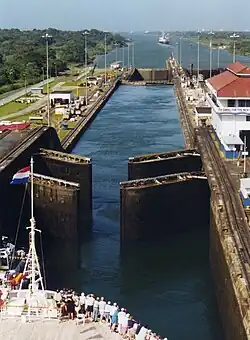

.jpg)
